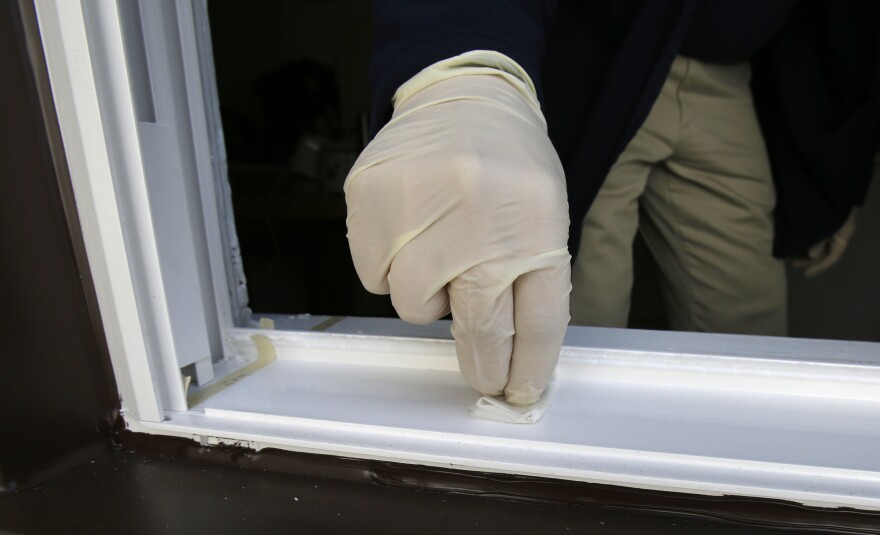New state data shows that over the past decade, childhood lead poisoning rates have been cut roughly in half, from 4% of children tested to 2%.
And testing rates have increased since the passage of a 2019 state law that requires universal testing.
The manager of the Maine CDC's childhood lead poisoning prevention program, Karyn Butts, says testing of one-year-olds has grown from roughly 50% to more than 60%. Testing for two-year-olds increased from 30% to 45%.
"What it tells me is we still have a lot of work to do to make sure every child gets both of those required tests," Butts says. "But it also gives me a lot of hope that we will be able to make that happen when I see that we're off to a really good start since the law was passed."
She says further progress on testing has been hampered by the pandemic, as well as a recall on some testing supplies. She encourages families with young children to ask for lead testing at pediatrician appointments. The state also offers kits to test for lead dust in old homes on its website.
Butts says that a decade ago, nearly 500 children tested had lead poisoning. The most recent data shows that number has dropped to 265.
"We've seen, you know, in our number one high-risk area of Lewiston and Auburn, rates have decreased by almost 50% over time, which is tremendous," Butts says.
Rates in Portland and Westbrook have decreased 30%. New data shows an increase in Rockland, but she says that's due to better testing rates.
Butts says Knox County used to have one of the lowest testing rates in the state, but local efforts have boosted rates to the state average.
"This is a really incredible effort and something that is really great to see, and a real testament to what communities can do when they come together, recognize a problem, and figure out what to do about it," Butts says.



